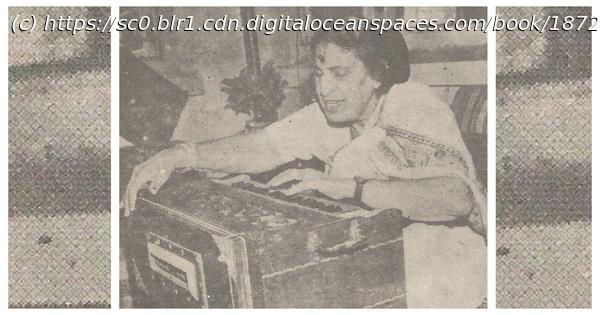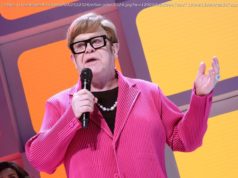‘Main Ban Ke Chidiya’ endures – as does the legacy of its trailblazing creator.
It was the spring of 1987. I was in my first year of college when I enrolled in an amateur singing contest. My choice of Kit Gaye Ho Khevanhaar from the 1936 film Achhut Kanya was met with surprise by my fellow contestants as well as the event organiser.
The organiser suggested that I pick a crowd-pleaser instead. I stuck to my guns. I had recently watched Achhut Kanya and was obsessed with Devika Rani and the poignant melody composed and sung by Saraswati Devi. The audacious teenager in me won. I bagged the consolation prize – a personal victory as well as my humble tribute to Saraswati Devi.
The first prize went to a rendition of Ayega Aane Wala, composed by Khemchand Prakash for Kamal Amrohi’s Mahal (1949). Both Achhut Kanya and Mahal were produced by Bombay Talkies, the landmark studio that was founded by Himanshu Rai and Devika Rani in 1934. Apart from having a reputation for high-quality productions and a knack for spotting talent, Bombay Talkies was where Saraswati Devi was introduced as a film music composer – thereby becoming one of the first women in her field.
Saraswati Devi’s peers included Ishrat Sultana, the actor-composer who performed as Bibbo, and Jaddanbai Hussain, the movie star Nargis’s mother and one of Hindi cinema’s earliest female filmmakers. But the Hindi film industry had to wait for decades for women to emerge as composers. Names such as Usha Khanna, Sneha Khanwalkar, Jasleen Royal, Alokananda Dasgupta, Rachita Arora and Parampara Thakur are still few and far between.
Bombay Talkies gave Saraswati Devi a platform to explore her talents. “A whole generation of film industry wallahs ‘graduated’ from Bombay Talkies, which became a veritable film school with experienced practitioners as well as newbie recruiters amongst its ranks,” Debashree Mukherjee writes in her introduction to Bombay Talkies An Unseen History of Indian Cinema (Mapin Publishing).
The anthology, based on the photography archive of the studio’s renowned cinematographer Josef Wirsching, includes a portrait of the singer and actor Chandraprabha, Saraswati Devi’s sister. (An exhibition of Wirsching’s photographs is currently on at Chhatrapati Shivaji Maharaj Vastu Sangrahalaya in Mumbai.)
Chandraprabha’s real name was Manek Homji, just like Saraswati Devi was actually Khorshed Minocher-Homji. Born into a Parsi family in 1912 in Mumbai, the siblings were trained in Hindustani classical music by renowned musicologist Vishnu Narayan Bhatkhande. The sisters adopted Hindu names after a furore erupted in the Parsi community against their decision to work in Hindi films.
Домой
United States
USA — Music ‘Saraswati Devi, who?’ Only one of India’s pioneering film music composers






